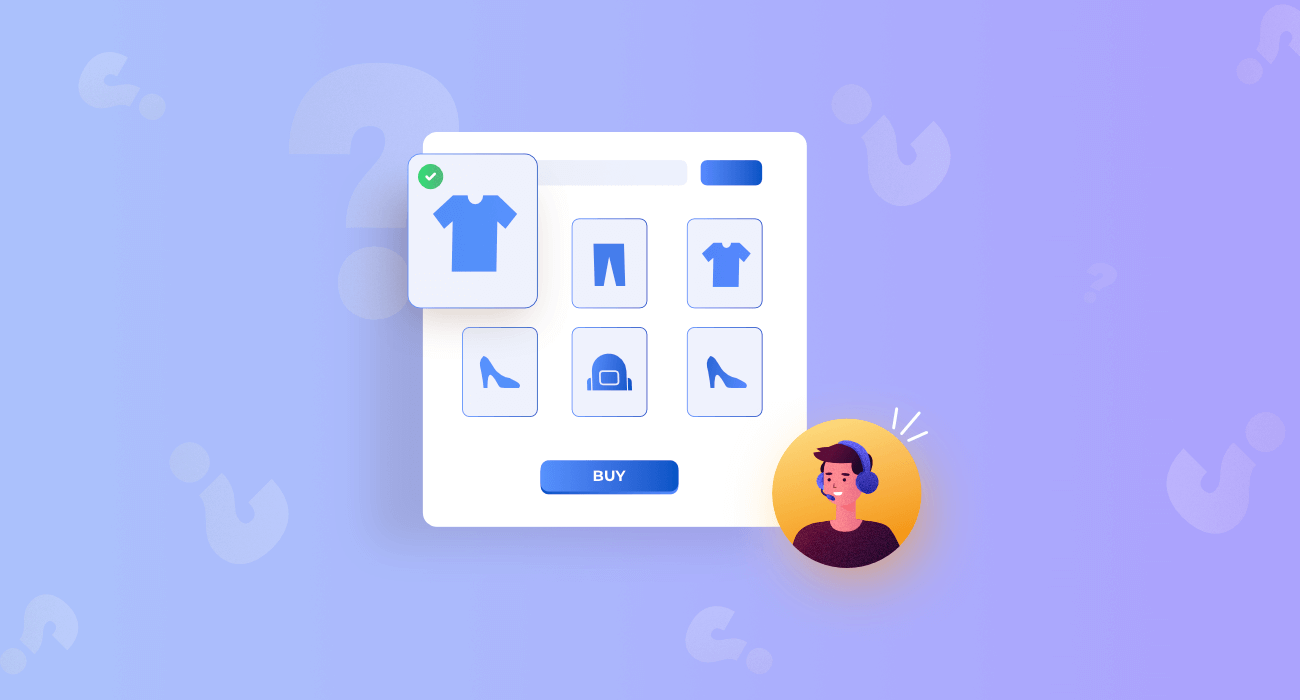In this blog post, I am going to talk about some current trends in e-commerce and what that means for the Selldash business. So let’s dive right into it!
SMB e-commerce is struggling
No big secret here, small and medium-sized entities which were a staple of e-commerce growth over the past several years are running into unprecedented headwinds and facing a multitude of “macro” economic challenges. Some of these challenges are outlined below:
Supply-chain issues – more specifically, manufacturing and importing products from China. Let’s face it, China is the world’s supermarket and a manufacturing powerhouse the likes of which we have never seen before. Many of our sellers rely on “Made in China” products, and over the past 6-9 months they have faced severe disruptions in their supply chains either due to Covid lockdowns or for other reasons beyond the seller’s control. This in turn is either causing them to run out of product, or forcing them to hike prices / pass on the “cost” of this supply chain chaos to the end-customer. And as this very recent article from Reuters indicates, there is still no light at the end of the tunnel. As long as China aggressively pursues its zero-Covid policy, random and unpredictable supply chain issues will continue to hurt e-commerce sellers, especially the newer sellers who don’t have mature supply chains yet.
Cost of fulfillment and logistics – while it’s bad enough to have supply-chain issues, this is further compounded by the high cost of oil and freight shipping. For a majority of our sellers, it has become cost-prohibitive to store products in a warehouse for extended periods of time, and/or ship them to their final destination within the US or Canada. The cost of gas, the cost of labor, the cost of “money”, everything has gone up in 2022 and it is hurting e-commerce sellers like never before.
The “cost of money” is way up – the Fed is raising rates to control rampant inflation (the 8.5% headline CPI is a joke since real-world inflation is actually much higher than that, but I digress), and interest rates will continue going up in 2022 and possibly in 2023 as well. This hurts any business that relies on short-term borrowed capital to stay afloat. Not every business is cash-flow positive from the outset, and many e-commerce sellers need working capital to keep their operations going until they make enough sales to recoup their cost + make a profit. Earlier, the cost of borrowing this kind of money was low enough to allow for plenty of leeway but that is no longer the case. If you don’t believe me, try running a small business (any business, not just e-commerce) when the cost of borrowing funds is 5-8% – it is very very tough.
Discretionary spending is down – much of e-commerce spending outside of Amazon or Instacart is “discretionary” for lack of a better term. Customers in today’s economy are a lot more reluctant to spend money trying out a new brand or splurging on a new product that they don’t really need. For example, one of our brands sells camping equipment – camping tents starting at $800. When your typical consumer is struggling with high inflation and gets a sticker shock ever time they fill up gas, spending that kind of money on an expensive tent from a relatively unknown brand is simply not an option. Most consumers will either get something dirt-cheap from Walmart, or reuse last year’s camping tent, and I don’t blame them.
Creating a powerful brand takes time – in the e-commerce game, either you succeed by selling a better product at a cheaper price (aka. building a better mousetrap), or you create a compelling brand and product story that consumers LOVE and therefore become your loyal customers. For a new seller, introducing a product that is better and cheaper than the status quo while grappling with a multitude of supply-chain issues and cost issues has become virtually impossible. And on the marketing side things like brand ideation, brand recognition, brand loyalty, all of that takes TIME and MONEY and again runs into the “cost of money” challenge I mentioned earlier.
Sellers with deep pockets are best positioned to ride out these problems, but for everyone else it has become an existential crisis.
So what does this mean for Selldash?
There is no sugarcoating the fact that modern e-commerce has become a brutal business. Selldash and WooCommerce are not the only platforms impacted, just look at Shopify’s latest numbers (and their stock price). Until we see some tangible improvements in all the areas I have outlined above, e-commerce sellers (especially the newer sellers) will continue to struggle.
At this point I am convinced that the only way for Selldash to continue with our mission of helping sellers “sell fast, sell more” is to partner with a bigger entity who can help us leverage and amplify our platform strengths in cloud hosting and email marketing. That will allow us to focus more on the technology and marketing side of things, while our partner entity takes care of the rest.
If that sounds a bit cryptic or vague, it is intentional since we are still finalizing the details of this transaction (and the final outcome). But nothing changes as of now and for the existing sellers on our platform, it is business as usual. There is no magic bullet unfortunately, but we will do everything we can to help our sellers stay competitive in this highly unforgiving economic climate. Stay tuned for more details on what’s coming next!
